Spring Cold
Colds are caused by the invasion of the six excesses and seasonal viruses into the human body. The primary cause is the invasion of wind evil, but in different seasons, it often combines with other evils, such as cold evil in winter, wind evil in spring, heat and dampness in summer, and dryness in autumn. Among these, wind-cold and wind-heat are the most common. Although both belong to the category of colds, they differ in nature, symptoms, and causes, thus requiring differentiated treatment. So, what are the differences between the two, and how should medication be used appropriately?
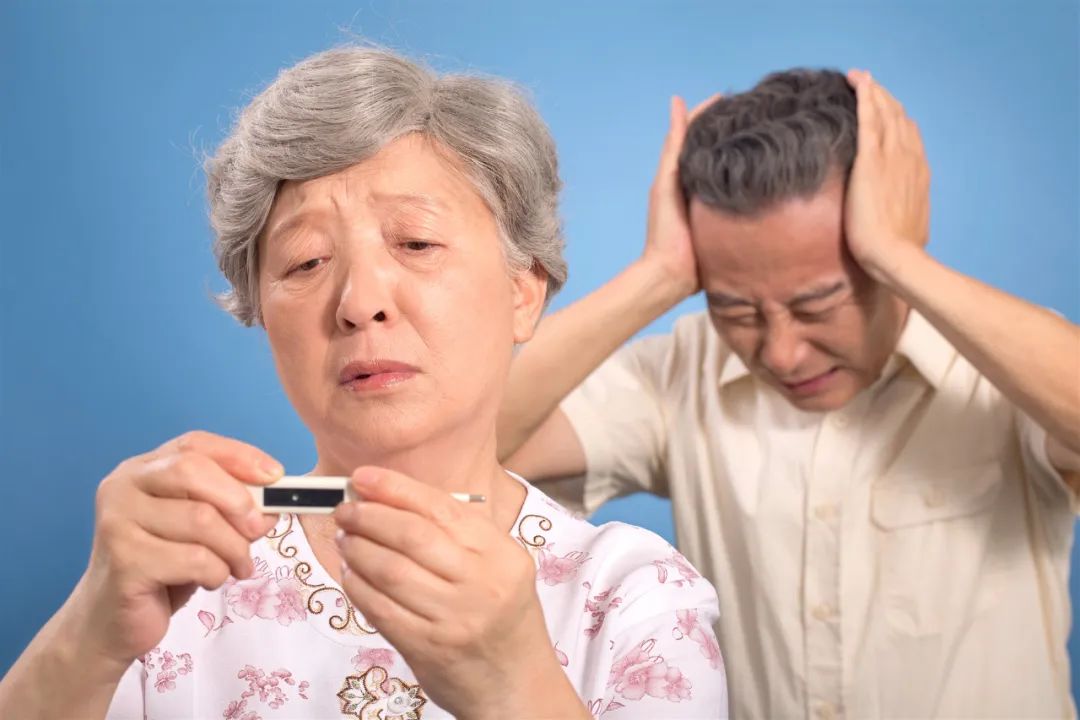
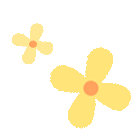 Wind-Cold Cold
Wind-Cold Cold
Wind-cold cold is caused by the external invasion of wind-cold evil and the failure of lung qi to disperse. Symptoms include: severe chills, mild fever, no sweating, headache and body aches, nasal congestion with clear discharge, cough with thin white phlegm, no thirst or preference for hot drinks, and a thin white tongue coating. The onset of wind-cold cold generally begins with the patient feeling fatigued, followed by inadequate rest, and then exposure to wind and cold, leading to the invasion of cold into the body. Symptoms such as clear nasal discharge, fear of cold, and body aches begin to appear, and in some cases, high fever may occur.
The treatment principle should focus on warming and dispersing the exterior. Commonly used herbs include Ma Huang (Ephedra), Jing Jie (Schizonepeta), Fang Feng (Siler), and Su Ye (Perilla Leaf) as dispersing and warming agents. Representative formulas include Cong Chi Tang (Scallion and Prepared Soybean Decoction) and Jing Fang Bai Du San (Schizonepeta and Siler Powder). Over-the-counter medications may include Gan Mao Qing Re Jiao Nang (Cold Relief Capsules).
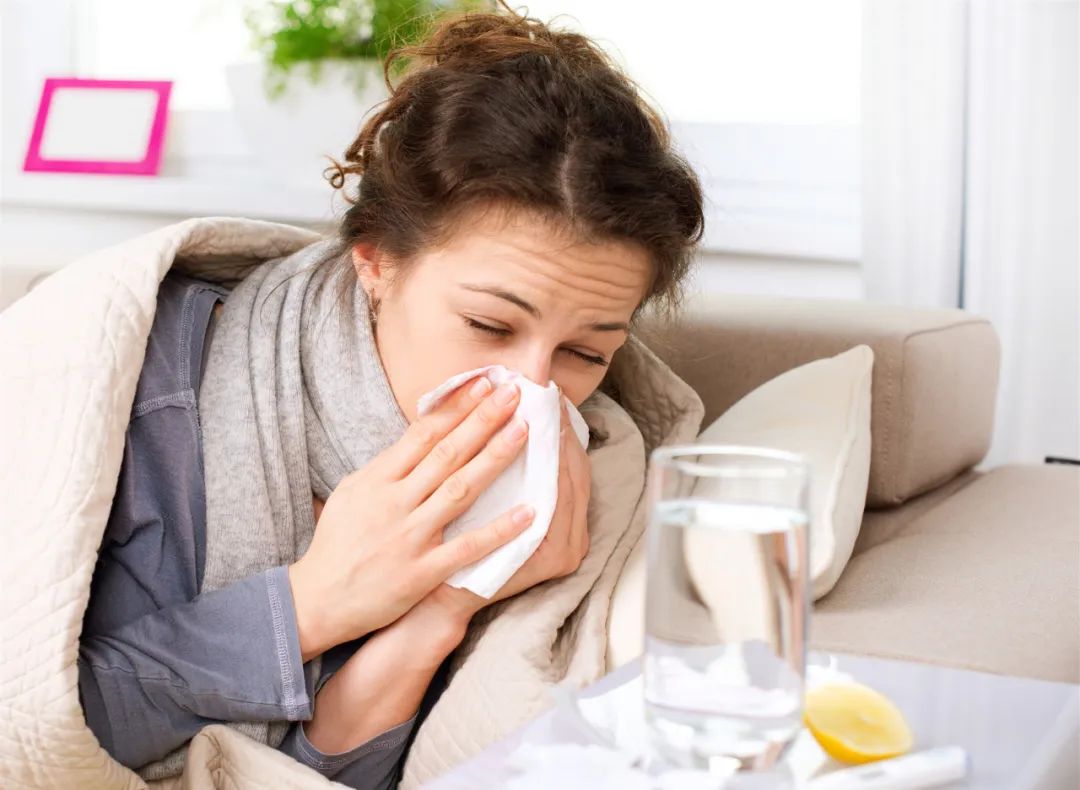
Clinical Manifestations1. Occipital headache: pain in the back of the head, with limited neck movement.2. Fear of cold and wind: usually requires wearing many layers of clothing to feel comfortable.3. Clear nasal discharge: clear discharge, white or slightly yellow. If nasal congestion occurs without discharge, drinking hot water may initiate clear discharge, which also indicates wind-cold cold. No fever or mild fever, no sweating, body aches, and cough with thin white phlegm.Recommended MedicationGan Mao Qing Re Jiao Nang:Ingredients:Jing Jie (Schizonepeta), Bo He (Mint), Fang Feng (Siler), Chai Hu (Bupleurum), Zi Su Ye (Perilla Leaf), Ge Gen (Kudzu Root), Jie Geng (Platycodon), Ku Xing Ren (Bitter Apricot Seed), Bai Zhi (Angelica Dahurica), Ku Di Ding (Bitter Herb), Lu Gen (Reed Rhizome).Functions:Disperse wind and cold, relieve exterior and clear heat. Used for wind-cold cold, headache, fever, chills, body aches, clear nasal discharge, cough, and dry throat.Jing Jie:Is a sweating and heat-clearing herb, can calm phlegm, dispel wind, and cool the blood. Used for colds, headaches, and sweating.Bo He:Is a pungent and cool sweating and heat-clearing herb, used for colds, headaches, body heat, sore throat, and gum swelling.Zi Su Ye:The whole herb contains about 0.5% volatile oil. Disperses wind and cold, regulates qi and harmonizes the stomach. Used for wind-cold cold, cough, nausea, pregnancy vomiting, and fish or crab poisoning.Ge Gen:Used for exterior syndrome with fever, stiff neck and back, measles not breaking out, thirst due to heat disease, yin deficiency thirst, heat diarrhea, and spleen deficiency diarrhea.
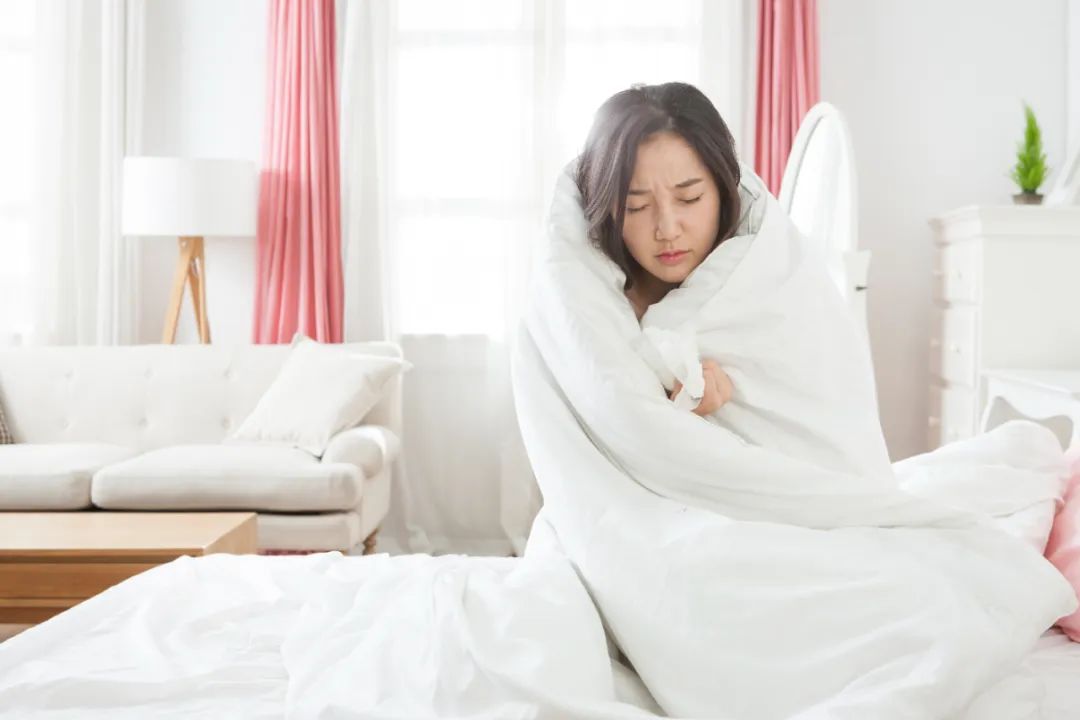
Precautions:1. Avoid smoking, alcohol, and spicy, raw, cold, and greasy foods.2. It is not advisable to take nourishing Chinese patent medicines simultaneously during treatment.3. Not suitable for those with wind-heat cold.4. Patients with severe chronic diseases such as hypertension, heart disease, liver disease, diabetes, kidney disease, pregnant women, or those undergoing other treatments should take under the guidance of a physician.5. Follow the prescribed dosage; children and the elderly with weak constitutions should take under the guidance of a physician.6. If symptoms do not improve after three days of medication, or if cough worsens with other severe symptoms such as chest tightness or palpitations, seek medical attention. Wind-Heat Cold
Wind-Heat Cold
Wind-heat cold is caused by the invasion of wind-heat evil and the disharmony of lung qi. Symptoms include: high fever, slight aversion to wind, headache, sweating, red and swollen sore throat, cough with sticky or yellow phlegm, nasal congestion with yellow discharge, thirst with a preference for drinking, red tongue with thin white and slightly yellow coating. Traditional Chinese medicine believes that wind-heat cold is an exterior syndrome caused by the invasion of wind-heat evil. Patients with wind-heat cold typically experience sore throat first, followed by nasal congestion and other cold symptoms.
The treatment should focus on cooling and dispersing the exterior, and dispersing wind-heat. Commonly used herbs include Yin Qiao (Honeysuckle and Forsythia), Sang Ju (Mulberry Leaf and Chrysanthemum), Jie Geng (Platycodon), and Ju Hua (Chrysanthemum).

Clinical Manifestations1. Sore throat, usually painful before other cold symptoms appear, phlegm is usually yellow or black.2. Thick nasal discharge, usually yellow.3. Tongue coating may be slightly yellow or white, with a generally red tongue body.4. Constipation.5. Fever, thirst, and irritability.
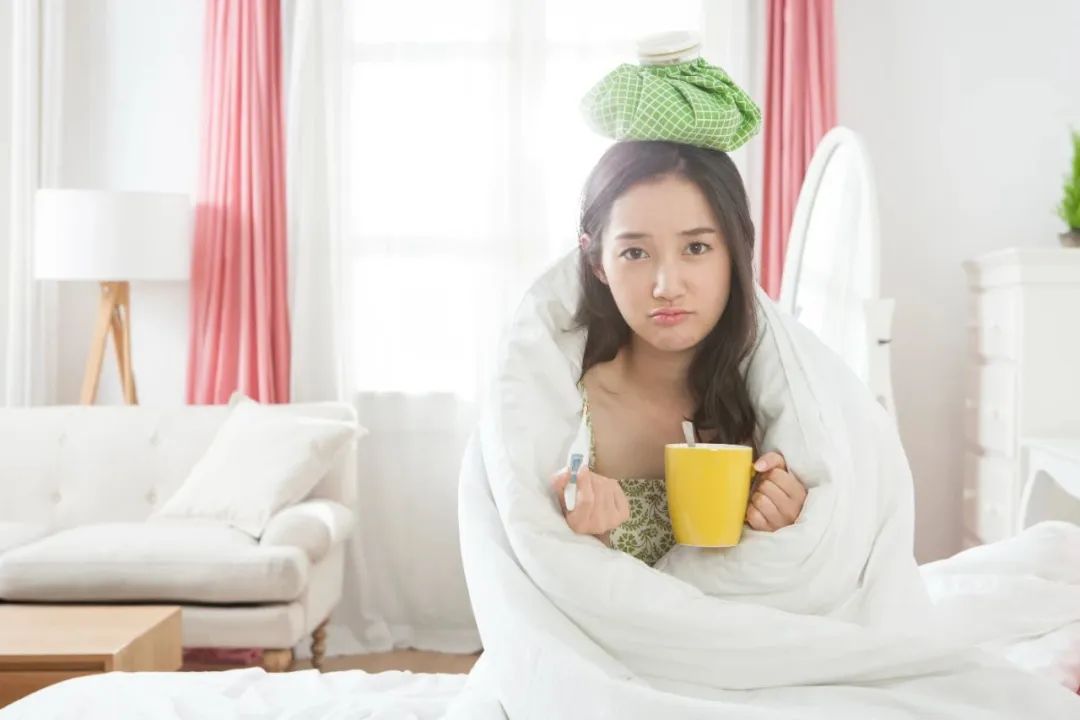
Recommended MedicationSang Ju Gan Mao Ke Li:Ingredients: Sang Ye (Mulberry Leaf), Ju Hua (Chrysanthemum), Lian Qiao (Forsythia), Bo He (Mint Oil), Ku Xing Ren (Bitter Apricot Seed), Jie Geng (Platycodon), Gan Cao (Licorice), Lu Gen (Reed Rhizome)Functions: Disperse wind and clear heat, relieve lung and stop cough. Used for the early stage of wind-heat cold, headache, cough, dry mouth, and sore throat.Sang Ye: Sweet and bitter, cool in nature, good at entering the lung meridian, dispersing wind and clearing heat, relieving lung and stopping cough.Ju Hua: Pungent and sweet, cold in nature, disperses wind-heat, clears the head and eyes, and calms the lungs.Bo He: Disperses wind-heat, clears the head and eyes, benefits the throat, and promotes rashes.Ku Xing Ren: Descends qi, stops cough, and relieves asthma, moistens the intestines, and promotes bowel movements.Jie Geng: Opens the lungs, benefits the throat, resolves phlegm, and expels pus.Lian Qiao: Clears heat, detoxifies, disperses nodules, and reduces swelling.Lu Gen: Clears heat and drains fire, generates fluids and quenches thirst, relieves irritability, stops vomiting, and promotes urination.
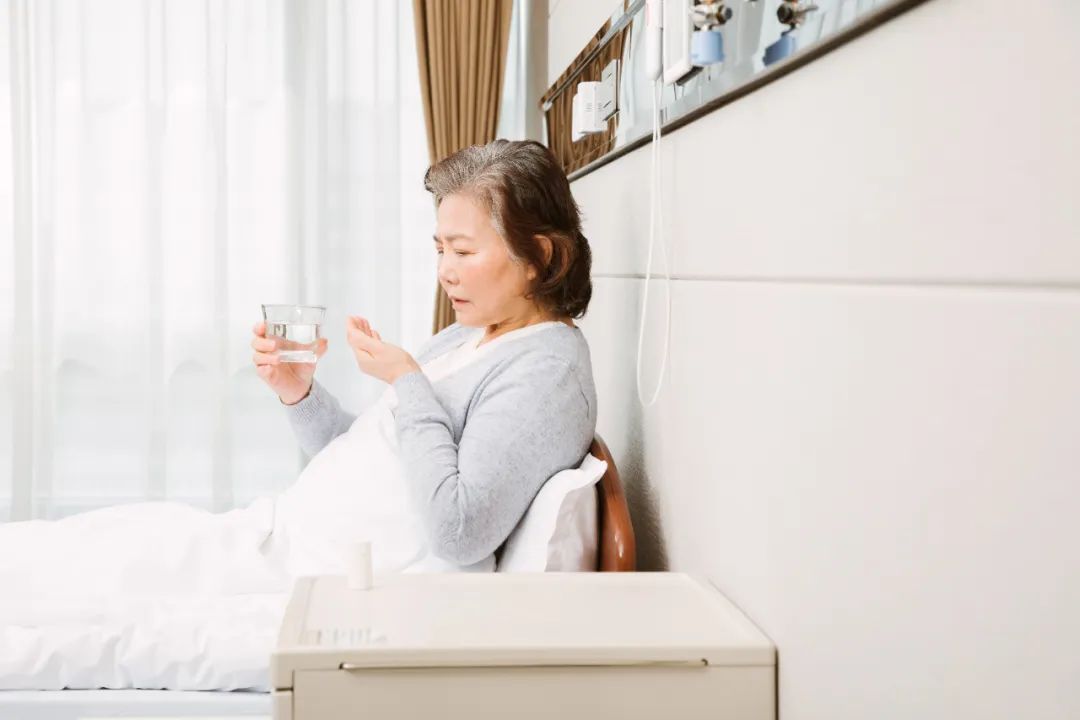
Precautions:1. Avoid smoking, alcohol, and spicy, raw, cold, and greasy foods.2. It is not advisable to take nourishing Chinese patent medicines simultaneously during treatment.3. Not suitable for those with wind-cold cold.4. Patients with diabetes and severe chronic diseases such as hypertension, heart disease, liver disease, kidney disease, pregnant women, or those undergoing other treatments should take under the guidance of a physician.5. If symptoms do not improve after three days of medication, or if fever and cough worsen with other symptoms such as chest tightness or palpitations, seek medical attention.6. Follow the prescribed dosage; children and the elderly with weak constitutions should take under the guidance of a physician.7. Continuous use should be consulted with a physician.8. Those allergic to this product should avoid it, and those with allergic constitutions should use it cautiously.
Note: The content of this article is for educational purposes only. The above medication suggestions are for reference only, and specific medication plans should be based on the patient’s specific condition and diagnosis or follow medical advice. If medication is needed, please purchase and use it under the guidance of a doctor or pharmacist. There may be drug interactions when used with other medications; for details, please consult a doctor or pharmacist.

